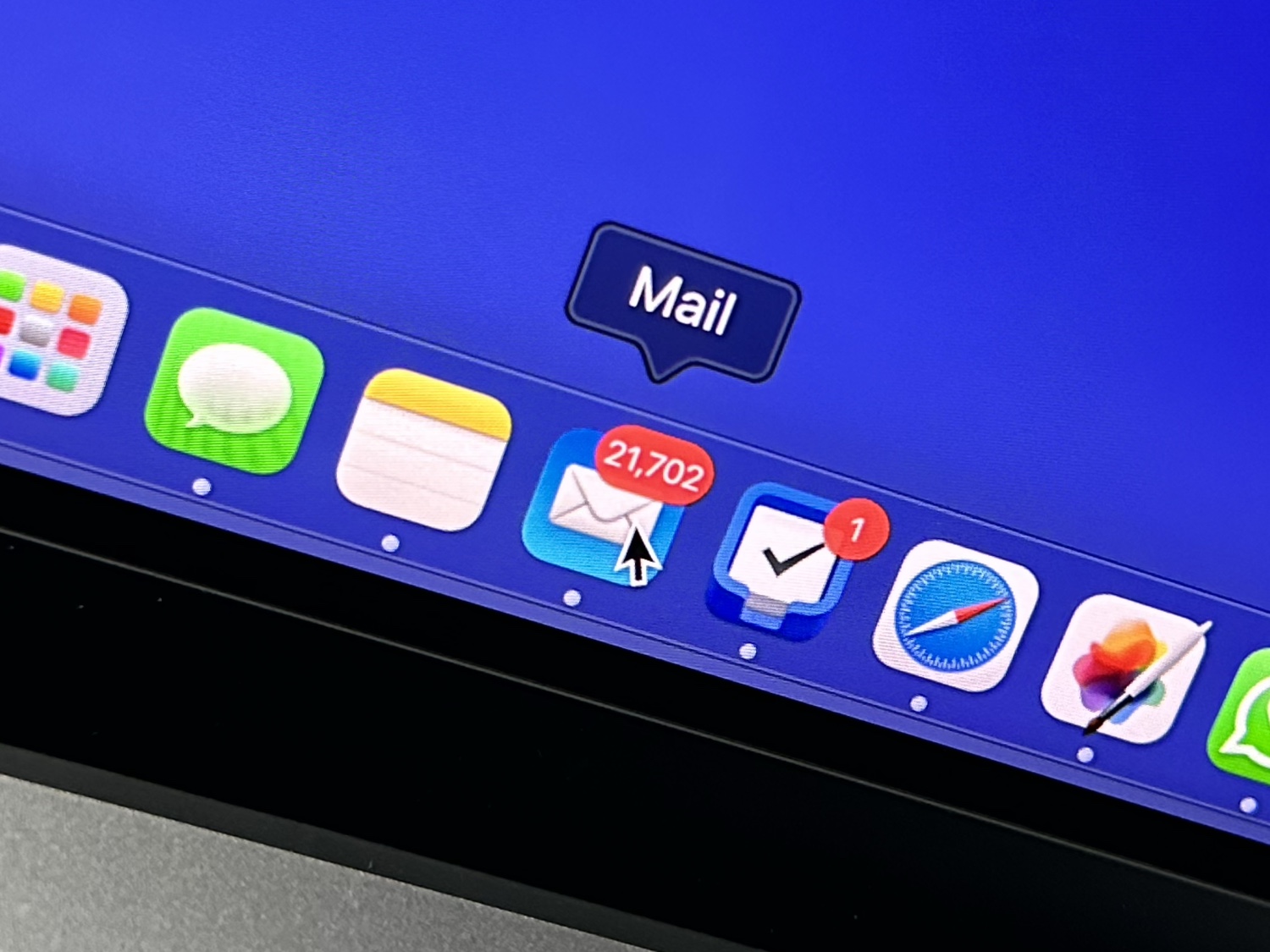
Email is an integral part of our daily lives, and we rely on it to communicate with friends, family, and colleagues. Whether you use a Mac for personal or professional purposes, you may have questions about where your email folders are stored. Knowing the location of those folders can be useful for a variety of reasons, including backing up your data, migrating to a new email client, and dealing with various problems.
Finding Your Data
Most of the tasks you may need to do on macOS are quite simple to accomplish. Even if you want to migrate Mac Mail messages to Outlook, you can use a specialized tool to simplify the process. The same is true with your emails. If you’re using macOS, you may wonder where your email folders are stored. By default, email folders are stored in a specific location on your computer’s hard drive. Here’s where to find them:
- Open the Finder application.
- In the top menu bar, click on “Go,” then select “Go to Folder.”
- In the “Go to Folder” window, type the following path: ~/Library/Mail/
- Click “Go” to navigate to the Mail folder.
- Within the Mail folder, you’ll see subfolders for each email account you have set up on your Mac. Navigate to the subfolder for the account you want to access.
- Within the account folder, you’ll find subfolders for each mailbox you’ve created, including your Inbox, Sent, Drafts, and Trash folders.
Note that if you’re using a different email client, the location of your folders may differ. Additionally, if you’ve changed the default location of your folders, the location will be different.
Why It’s Useful to Know Where Your Email Folders Are Stored
Knowing where your files and folders are stored can be useful for a variety of reasons, including:
Backing up your email data
By knowing the location of your folders, you can easily back up your data. This can be useful if you want to ensure that your data is safe in case your computer crashes or if you need to switch to a new computer.
Migrating to a new email client
If you decide to switch to a new client, knowing the location of your data can make it easier to migrate it. You can simply export your files from your current client and import it into your new one.
Troubleshooting email issues
If you’re experiencing issues with your mail client, knowing the location of your files can help you troubleshoot the issue. For example, if you’re missing files, you can check the folder location to see if they were accidentally moved or deleted.
Why Migrate from One Email Client to Another?
There are several reasons why you may want to migrate from one email client to another. Some of the most common reasons include:
- Feature set: Your current email client may not offer all the features you need. For example, you may want better spam filtering, more advanced search capabilities, or integration with other productivity tools.
- User interface: The user interface of your current mail client may not be intuitive or may not suit your preferences.
- Vendor support: The vendor might no longer be able to support your current email client, or the vendor might be going out of business.
- Compatibility: Your current mail client may not be compatible with your computer’s operating system or with other software applications you use.
- Cost: You may be looking to switch to a free mail client or one with a lower cost.
Whatever the reason, migrating from one email client to another can seem like a daunting task. However, by knowing where your folders are stored and by following the appropriate steps, you can make the transition smoothly and efficiently.
In Conclusion
Email folders on macOS are stored in a specific location on your computer’s hard drive. By default, email folders can be found in the ~/Library/Mail/ folder, within the subfolders for each email account you have set up on your Mac. Knowing where your email folders are stored can be useful for backing up your data, migrating to a new client, and troubleshooting various issues.









